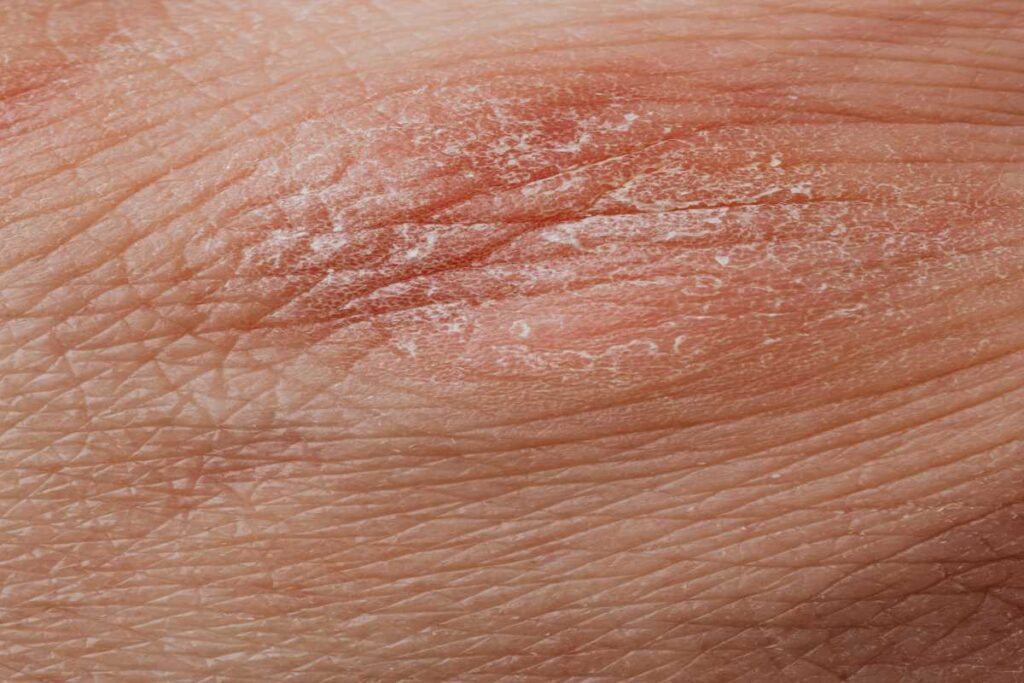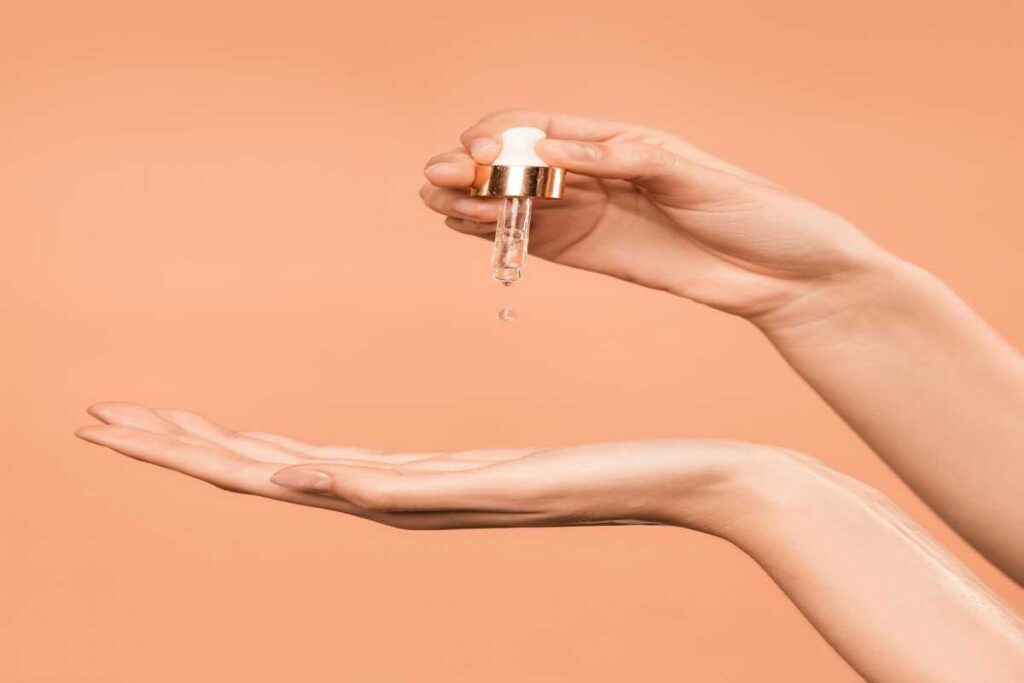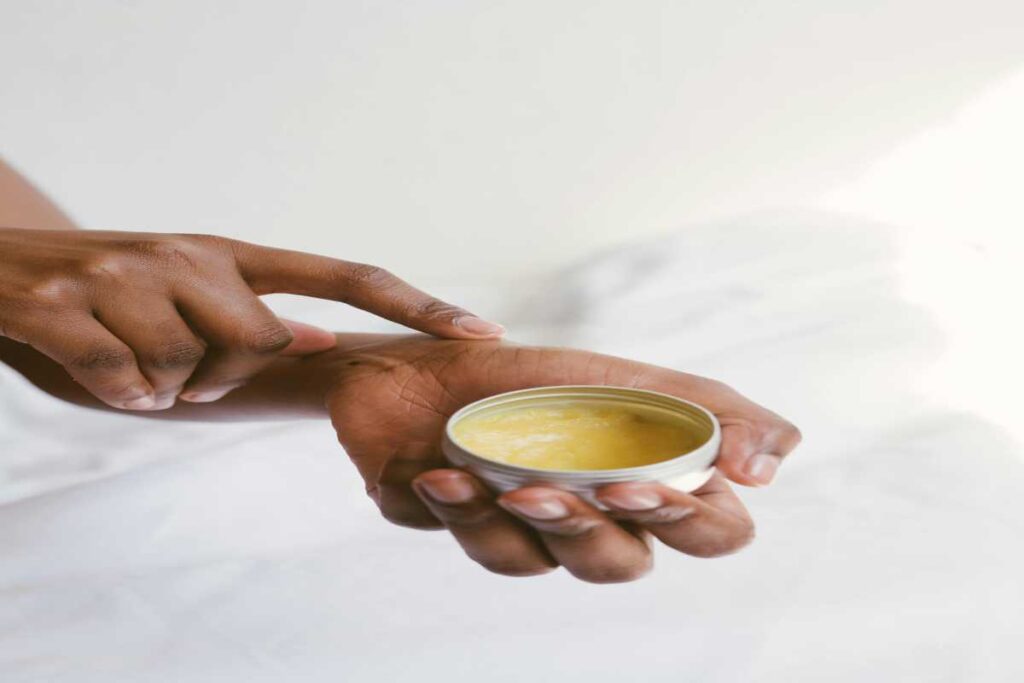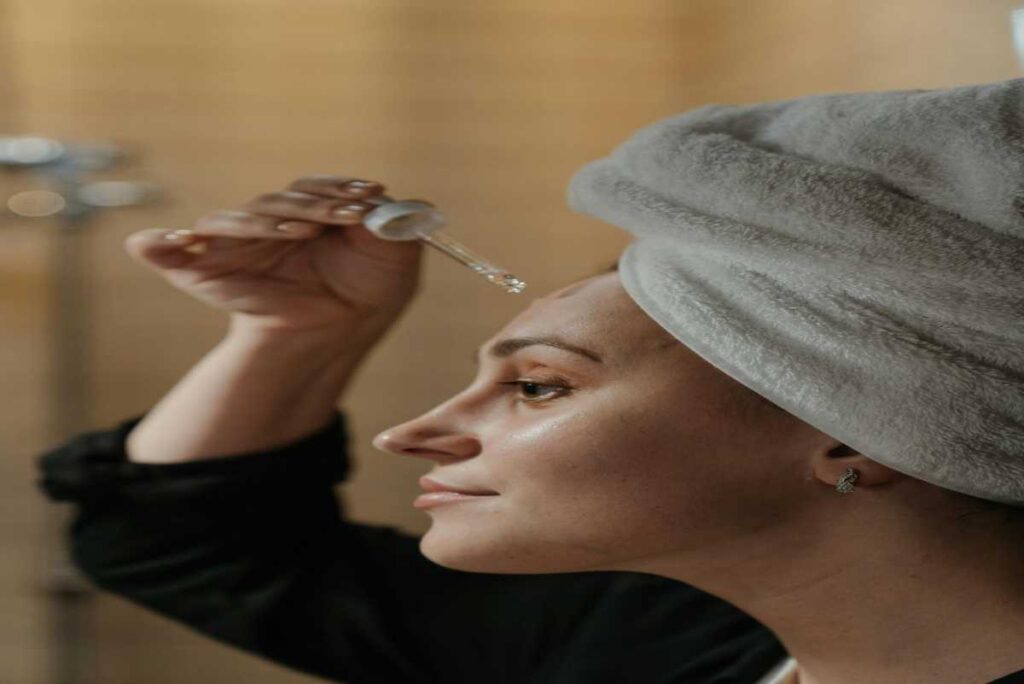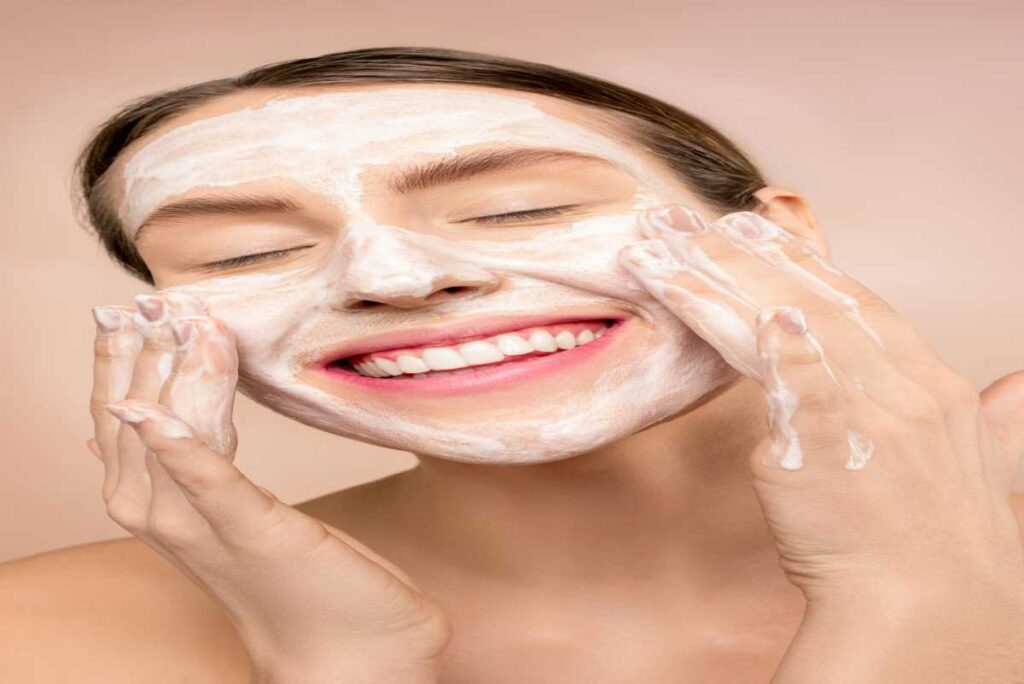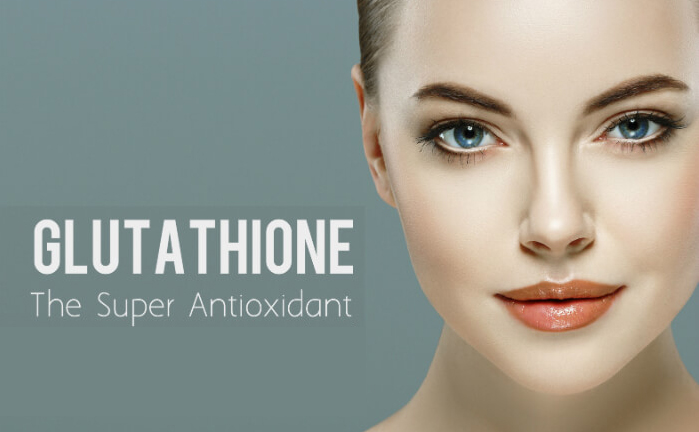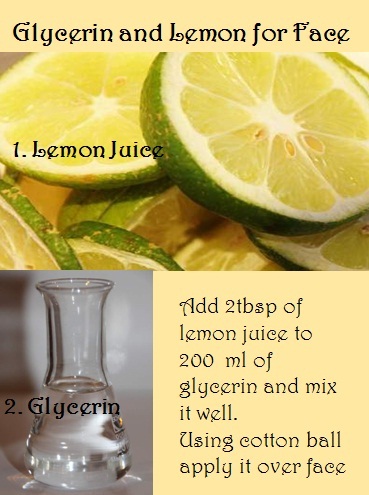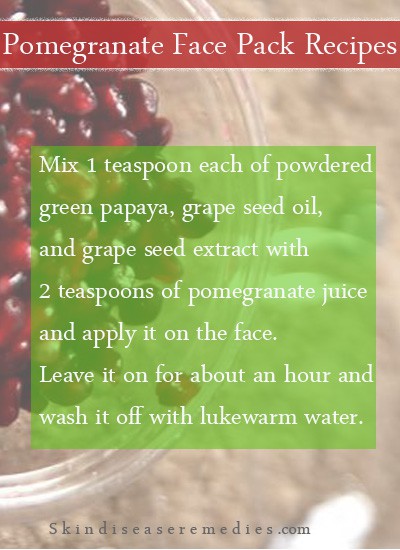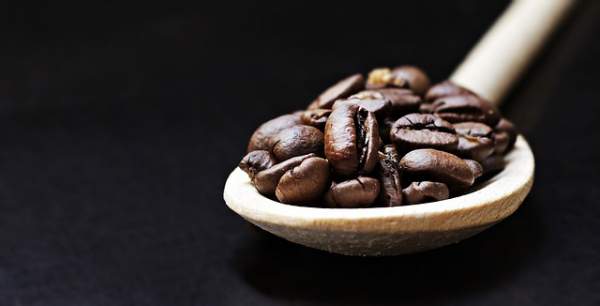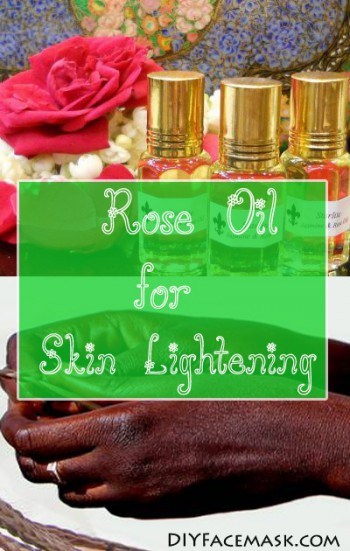Flaky skin can be a frustrating condition, often leading to discomfort, irritation, and an uneven skin texture. Whether caused by dry weather, harsh skincare products, or underlying skin conditions like eczema or psoriasis, flaky skin can make it difficult to feel comfortable in your own skin. Fortunately, there are many natural home remedies that can help soothe and hydrate your skin, restoring its softness and health. Here’s a guide to the best home remedies for flaky skin and tips for prevention.
1. Coconut Oil: Deep Hydration and Soothing Relief
Why it works: Coconut oil is a powerhouse when it comes to moisturizing the skin. Rich in fatty acids, it penetrates deeply into the skin, helping to lock in moisture and prevent further dryness. It also has anti-inflammatory properties that can soothe irritation and redness.
How to use it:
- Gently warm a small amount of coconut oil in your hands and apply it to the affected areas of your skin.
- Massage it in and leave it on for 20–30 minutes before rinsing off with lukewarm water.
- Alternatively, you can apply it overnight and rinse in the morning for deeper hydration.
Bonus tip: For sensitive skin, test a small patch before applying coconut oil to larger areas to ensure you don’t have an allergic reaction.
2. Honey: Natural Moisturizer with Healing Properties
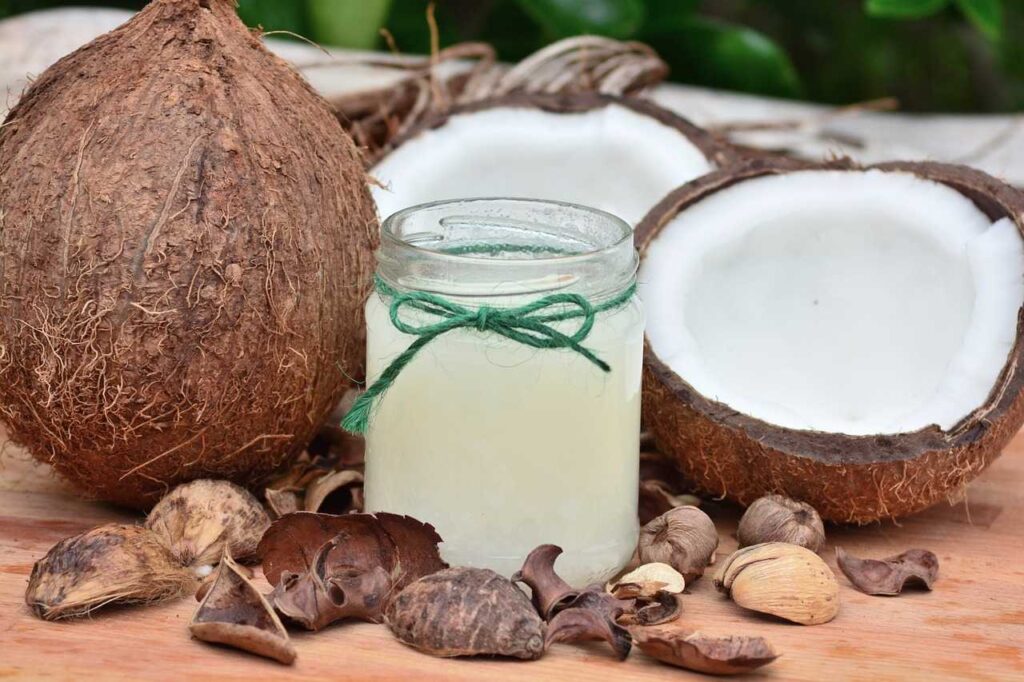
Why it works: Honey is a natural humectant, meaning it draws moisture from the air into your skin. Its antimicrobial and antioxidant properties also make it a fantastic remedy for flaky skin, helping to keep the skin healthy and hydrated.
How to use it:
- Apply raw honey directly to dry, flaky areas and leave it on for 15–20 minutes.
- Rinse off with lukewarm water.
- Alternatively, mix honey with yogurt for a hydrating face mask.
Bonus tip: For extra moisture, mix honey with coconut oil or olive oil for an enhanced treatment.
3. Aloe Vera: Cooling and Moisturizing
Why it works: Aloe vera is known for its soothing and healing properties. It helps reduce redness and irritation while deeply moisturizing dry, flaky skin. It’s particularly effective for soothing sunburns, but it can also help with chronic dryness.
How to use it:
- Extract fresh aloe vera gel from the plant and apply it to the affected skin.
- Leave it on for 20–30 minutes, then rinse off with lukewarm water.
- For ongoing relief, apply aloe vera gel before bedtime and leave it on overnight.
Bonus tip: Aloe vera gel is also great for calming itchy skin and promoting skin regeneration.
4. Oatmeal: Gentle Exfoliation and Moisture
Why it works: Oatmeal is a soothing, anti-inflammatory ingredient that helps calm dry and flaky skin. It provides gentle exfoliation and hydration, making it perfect for sensitive and irritated skin.
How to use it:
- Add finely ground oatmeal to your bathwater and soak for 15–20 minutes. This will help relieve dryness and inflammation.
- You can also make an oatmeal paste by mixing oatmeal with water or milk and applying it to flaky skin for 15–20 minutes before rinsing off.
Bonus tip: Oatmeal can also be used to create a gentle exfoliating scrub when mixed with honey or yogurt.
5. Olive Oil: Rich in Antioxidants and Healthy Fats
Why it works: Olive oil is loaded with antioxidants and healthy fats, which work together to nourish and hydrate the skin. It helps to repair and protect the skin barrier, preventing moisture loss and restoring skin softness.
How to use it:
- Massage a small amount of extra virgin olive oil onto your skin before bed.
- Leave it on overnight for deep hydration, or use it as a daily moisturizer.
Bonus tip: For an extra nourishing treatment, mix olive oil with honey and apply it as a hydrating mask.
6. Avocado: Rich in Healthy Fats and Vitamins
Why it works: Avocados are rich in healthy fats, vitamins (especially vitamin E and K), and antioxidants that can help hydrate and repair dry, flaky skin. They also contain compounds that can help soothe inflammation and improve skin elasticity.
How to use it:
- Mash a ripe avocado and apply it directly to your skin as a face or body mask.
- Leave it on for 20 minutes, then rinse off with lukewarm water.
- For extra hydration, mix avocado with honey or yogurt.
Bonus tip: You can also consume avocado regularly as part of your diet to benefit from its skin-healing properties.
7. Shea Butter: Deeply Moisturizing and Nourishing
Why it works: Shea butter is a rich, natural fat that deeply moisturizes and nourishes the skin. It’s packed with vitamins A and E, both of which help improve skin elasticity and hydration. It also helps protect the skin from environmental damage.
How to use it:
- Gently melt shea butter and apply it to the flaky areas of your skin.
- Leave it on for 30 minutes, or use it as an overnight treatment for deep hydration.
Bonus tip: Shea butter is excellent for treating dry patches on elbows, knees, and feet.
8. Milk and Honey Bath: Soothing and Moisturizing
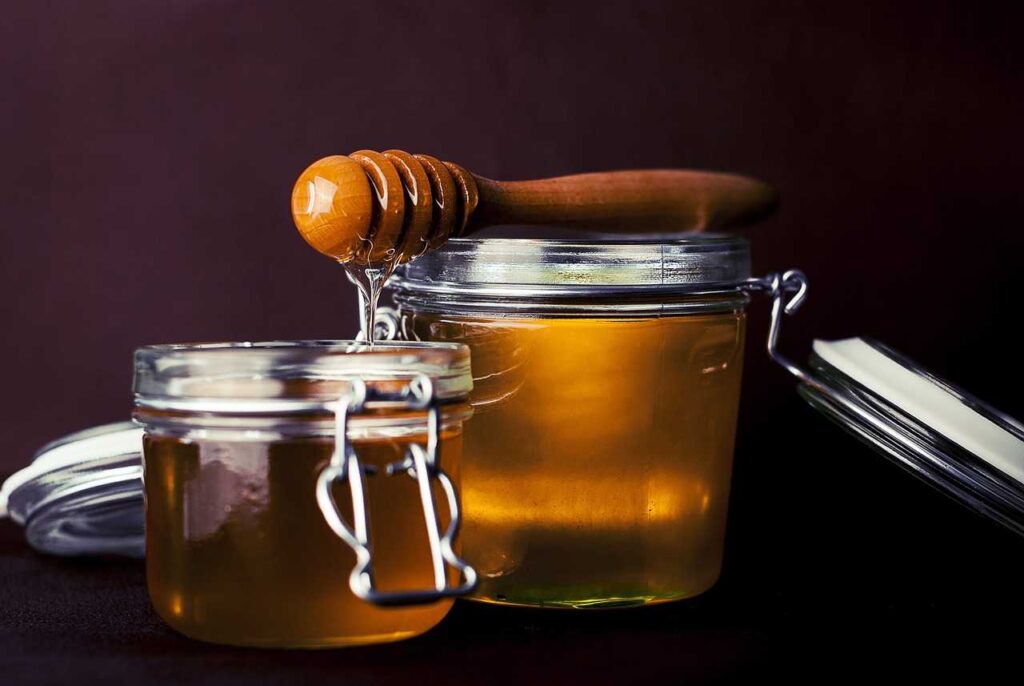
Why it works: Both milk and honey are natural moisturizers that provide relief to flaky skin. Milk contains lactic acid, which gently exfoliates the skin and helps improve its texture. Honey, as mentioned earlier, locks in moisture and has healing properties.
How to use it:
- Add 1-2 cups of whole milk and 1-2 tablespoons of honey to a warm bath.
- Soak in the bath for 20-30 minutes to soothe and hydrate your skin.
Bonus tip: For sensitive skin, ensure the water temperature is warm (not hot) to avoid irritation.
9. Tea Tree Oil: Natural Antiseptic and Anti-inflammatory
Why it works: Tea tree oil is known for its antimicrobial and anti-inflammatory properties. It helps soothe dry, flaky skin caused by conditions like eczema or psoriasis, and can help reduce redness and irritation.
How to use it:
- Dilute tea tree oil with a carrier oil, such as coconut or jojoba oil (use about 1-2 drops of tea tree oil per tablespoon of carrier oil).
- Apply the mixture to flaky areas, but avoid using it on broken skin.
Bonus tip: Tea tree oil is particularly helpful for flaky skin that’s caused by fungal infections or irritations.
Prevention Tips for Flaky Skin
While home remedies can provide relief from flaky skin, preventing the problem is just as important. Here are some helpful tips to keep your skin healthy and moisturized:
- Hydrate from the Inside Out: Drink plenty of water throughout the day to keep your skin hydrated. When your body is properly hydrated, your skin will be better equipped to retain moisture.
- Moisturize Regularly: Apply a good-quality moisturizer after showering while your skin is still damp. This will help lock in moisture and prevent dryness.
- Avoid Hot Showers: Hot water can strip your skin of its natural oils, making it dry and flaky. Opt for lukewarm water when bathing or showering.
- Use Gentle, Non-Irritating Skincare Products: Avoid harsh soaps and skincare products that can irritate and dry out your skin. Choose products that are fragrance-free and contain nourishing ingredients like shea butter, hyaluronic acid, and ceramides.
- Protect Your Skin from Harsh Weather: Cold or dry weather can exacerbate flaky skin. Use a humidifier in your home during winter and protect your skin with scarves, gloves, or appropriate clothing.
- Exfoliate Gently: Regular exfoliation can help remove dead skin cells and prevent flakes. Use a gentle exfoliator or a mild scrub made of natural ingredients like oatmeal or sugar. Avoid over-exfoliating, as this can irritate the skin.
- Diet Matters: Incorporate foods rich in healthy fats, vitamins, and antioxidants into your diet, such as avocados, nuts, and oily fish. These foods support skin health and hydration from within.
Conclusion
Flaky skin can be a sign of dryness, irritation, or underlying skin conditions, but with the right home remedies and prevention techniques, you can soothe and restore your skin’s natural moisture. Whether using coconut oil for deep hydration, honey for its healing properties, or avocado for nourishment, these remedies can help reduce flakes and improve your skin’s overall appearance. By also adopting healthy lifestyle habits like drinking enough water, moisturizing regularly, and protecting your skin from harsh conditions, you can keep your skin soft, smooth, and free of flakes all year round.

